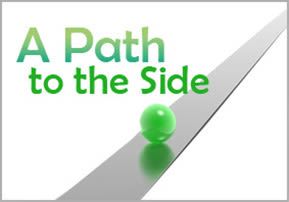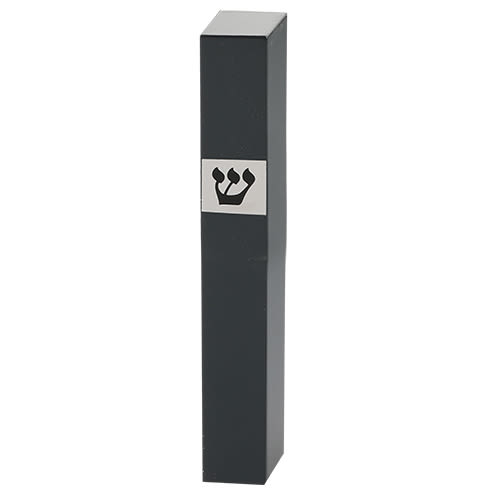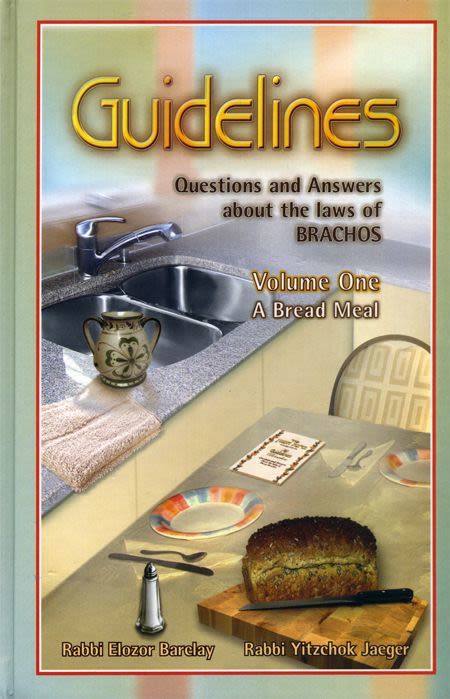
A Path to the Side
Our path in life is as unique as our fingerprint, in accordance with our mission in life, former reincarnations, and our individual tikkun (spiritual rectification) ...

A Path to the Side
As he was crossing a desert, he saw a path to the side, and he was composing himself: “Seeing that I’ve been going such a long time in the desert and I cannot find her, I’ll try this path – maybe I’ll come to a settled area…”
After years of asking for the lost princess, the viceroy suddenly sees a path to the side. He decides to depart from the beaten track in favor of pursuing this path to the side. This is allegorical to the discovery of a new type of prayer – the personal prayer, or hitbodedut, which takes us off the beaten track of prayer that most people pursue.
A “path” is a narrow way with room for single-file walking only. As such, “path” signifies personal prayer.
Even though we have many exalted and wonderful prescribed prayer collections such as our prayer books, Psalms, Likutei Tefillot, and more, to find the lost princess – emuna – we need personal prayer.
Now we can understand what the viceroy seems to be saying to himself: “I’ve been walking down the beaten path for years, and I haven’t yet found the lost princess…” – he’s been on the same beaten track that everyone else uses, the well-known road of prescribed prayer. This is a road that never changes and that everyone knows. This is allegorical to one’s rote daily praying, which hasn’t been enough for finding emuna. But suddenly, the viceroy sees a path to the side, and composes himself: “I’ll try this path! Maybe it will lead me to a settled area!” Sure enough, when he took this path, he found the princess.
The viceroy understood that he must connect his personal prayer – his soul-searching, praises, and thanks to Hashem, reflections, and requests that reflect his individual soul’s daily and hourly needs – to his unique situation at any given time. This is a prayer than cannot be written or prescribed anywhere, for it changes from moment to moment like a kaleidoscope, whose exquisite colors reflect the time, place, and individual circumstance of the body and soul. The viceroy realized that only this type of prayer can take him to a “settled area”, a place where he can settle the turmoil within his soil and attain his true tikkun, or soul correction.
Every Morning is New
Each of us has his or her own individual personal path. Our path in life is as unique as our fingerprint, in accordance with our mission in life, former reincarnations, and our individual tikkun. Although there are general tasks that each person must do on this earth, each person has a unique and individual way of completing a given task. One cannot attain happiness or fulfillment in life without ascertaining his or her unique path. Without personal prayer, this is virtually impossible. Personal prayer can’t be found in any book; not only does it change from person to person, it changes within a person himself from day to day and from hour to hour, according to a person’s current circumstances and according to the stimuli that Hashem sends at that given moment.
We can therefore conclude that personal prayer varies from day to day. Yesterday’s prayers don’t necessarily answer today’s needs. Every single day, each of us must ask: “What does Hashem want from me today – here and now? What must I correct, what must I pray for, how should I thank Hashem for the past and request my needs for the future?” Each morning is new. Each day has special things to thank Hashem for. The way and depth of expressing our gratitude to Hashem vary according to a person’s spiritual cognizance at any given time and according to his or her current circumstance.
The two most important elements of personal prayer, as we mentioned earlier, are clarifying the truth and composing ourselves. With self composure, we literally expand our powers of mind and soul. The search for truth keeps those powers on the right track. As in navigation, maintaining the proper heading assures a safe arrival at our destination.
To be continued.














Tell us what you think!
Thank you for your comment!
It will be published after approval by the Editor.